
A significant release from the history of the Detail trio of Frode Gjerstad on reeds, John Stevens on drums, and Johnny Dyani on bass, recorded at the Red Seahouses in Norway in 1938 during Detail's first trio tour, a smoking set of free jazz showing the power of these innovative players around the time of their first album, "Backwards and Forwards".
In Stock
Quantity in Basket: None
Log In to use our Wish List
Shipping Weight: 3.00 units
EU & UK Customers:
Discogs.com can handle your VAT payments
So please order through Discogs
Sample The Album:
Johnny Mbizio Dyani-acoustic bass
Frode Gjerstad-reeds
John Stevens-drums
Click an artist name above to see in-stock items for that artist.
UPC: 748079797062
Label: FMR
Catalog ID: 481-0318
Squidco Product Code: 25862
Format: CD
Condition: New
Released: 2018
Country: UK
Packaging: Digipack - 3 panel
Recorded at the Red Seahouses, February 1st, 1983, by Frode Gjerstad.
"This music is from the first trio tour we did. We drove around Norway in my old Landrover 110" which was not the fastest car on the road, but it was pretty safe in the snow. I do not remember how many gigs we did, but the tour lasted more than a week.
One gig I remember was when we were at Jazz Alive in Oslo. We had to play three sets and this was some kind of night club with people who came for a drink or five and who were mostly not too interested in jazzmusic. And definitely not what we had to offer. In the third set, I felt blood in my mouth. Afterwards, when I told Johnny, he said: if you have not been bleeding, you have not been playing.!
Standing with John Stevens in the middle and having Johnny on the other side made me feel like a king: I felt I was playing with one of the absolute best rhythm sections"in Europe at the time. I felt so free and energetic with Johns drumming that I could do anything that came into my head. And I communicated with Johnny through Johns drums. Johnny was also very free: some- times he chose not to play with John or me, sometimes he was with me or John or both. It was a very, very happy period in my life."-Frode Gjerstad, March 2018
Artist Biographies
• Show Bio for Frode Gjerstad "Frode Gjerstad was born in Stavanger, Norway, 24-03-1948. He started trying to play improvised music as a trumpeter in 1968. When he moved to Lund in Sweden (1971 to 1975) he got a chance to meet, talk and play with musicians interested in this music. He had at that time started playing tenor saxophone (1969). After he came back to Stavanger in 1975 he started collaborating with keyboardist Eivin One Pedersen. Together, they explored many different aspects of improvised music, as a duo or with others, but it was not until 1981, when they first played with John Stevens, that he had a real chance to feel what a dedicated musicians can do to the music-making. At the early stage of his career, he choose mainly to play with international musicians because there was no tradition in Norway for the free music. However, after the club Blå opened in Oslo in 1996, a good number of younger musicians are now picking up on the music. His relationship with British drummer, John Stevens which started in -81 and lasted up until his death in -94, was of great importance both musically as well as on a personal level. Through Stevens, he was introduced to some of the finest British improvisers and got to know their way of playing. Together, they led the trio "Detail" starting with Johnny Dyani on bass. And after Johnny died in -86, with Kent Carter. He has also been active, running a larger group of mostly Norwegian musicians, the Circulasione Totale Orchestra. He started the group using electric instruments and modern rock-oriented rhythms. He has used the band to present his own compositions as well as a workshop and a place for young people to get to know free music. The band presented a commissioned work at the Molde Festival in -89 with a 13 man band combining free improvisations, compositions as well as rapping and scratching.(Three horns, three bassists, three drummers, accordeon, guitar a rapper and a DJ). The Circulasione Totale Orchestra is a powerful ever-changing band. But it´s not easy to keep such a big group together. In 1998 he decided to keep the core of the band which at that time was Paal Nilssen-Love on drums and Øyvind Storesund on bass and try to develop that sound. It became Frode Gjerstad Trio. So far the trio has toured Norway, Sweden, Denmark, Polen, Italy, Austria, Portugal, England, Canada and the United States. He has received several grants from various foundations and has been very active in the Norwegian Jazzmusicians Federation as well as in the committee for the Norwegian Contemporary Music Federation. Voted Jazz Musician of the Year in Norway, 1997. Part of the price was a concert where he could freely choose which musicians to use. This was the first meeting with Hamid Drake and William Parker. The concert became a tour of Scandinavia in -97 and the US in 2000. US Pianist Borah Bergman has also been important to Frode. They first met in -94 and have played as a duo and also as trio with Evan Parker and later Peter Brøtzmann. Borah has been a great inspiration and a challenge over the years! English bassist Nicholas Stephens first played with Frode in 1984. He played electric bass at the time, but it was not until after John Stevens died in 1994 that they started working together as "Calling Signals". First with a tour of England in 1995 with Paul Rutherford and Terje Isungset. And in 1996 with Louis Moholo and Danish guitarist, Hasse Poulsen. The latest version of the group has been with accordionist Eivin One Pederesen and Paal Nilssen-Love or Tony Marsh on drums. Frode also met and worked with US percussionist Kevin Norton in 2004 and they have found a common ground. They have a trio with Nicholas Stephens: Instinctual Eye. Electronic music started to make an impact when he met Lasse Marhaug. They have played some concerts together and made some recordings. Lasses sounds have opened up a whole new territory of possibilities and came at a time when Frode started playing clarinets. A very fruitful combination! Another side of the electronic thing was the group Ultralyd which was Frodes idea: to bring in a loud powerful electric bass with drums, guitar and reeds. After about a year, he left the band because the sound level was unbearable for the old man.! And he left it to the youngsters to decide how loud the band should be. Still, he has continued playing with Morten, Anders and Kjetil in other projects." ^ Hide Bio for Frode Gjerstad • Show Bio for John Stevens "John William Stevens (10 June 1940 in Brentford, Middlesex - 13 September 1994 in Ealing, west London) was an English drummer. He was one of the most significant figures in early free improvisation, and a founding member of the Spontaneous Music Ensemble (SME). Stevens was born in Brentford, the son of a tap dancer. He used to listen to jazz as a child, but was initially more interested in drawing and painting (media through which he also expressed himself throughout his life). He studied at the Ealing Art College and then started work in a design studio, but left at 19 to join the Royal Air Force. He studied the drums at the Royal Air Force School of Music in Uxbridge, and while there met Trevor Watts and Paul Rutherford, two musicians who became close collaborators. In the mid-1960s Stevens began to play in London jazz groups alongside musicians like Tubby Hayes and Ronnie Scott, and in 1965 he fronted a septet. Influenced by the free jazz he was hearing coming out of the United States by players like Ornette Coleman and Albert Ayler, his style began to move away from fairly traditional be-bop to something more experimental. In 1966 SME was formed with Watts and Rutherford and the group moved into the Little Theatre Club at Garrick Yard, St. Martin's Lane, London to develop their new music. In 1967 their first album, Challenge, was released. Stevens then became interested in the music of Anton Webern, and the SME began to play generally very quiet music. Stevens also became interested in non-Western musics. The SME went on to make a large number of records with an ever changing line-up and an ever changing number of members, but Stevens was always there, at the centre of the group's activity. He also played in a number of other groups, drumming in Watts' group Amalgam and later forming bands like Freebop and Fast Colour, for example, but the SME remained at the centre of his activities. In the latter part of 1967 Evan Parker joined the SME and worked closely with Stevens in the group, eventually becoming one of the longest standing members. He later summed up Stevens' approach to improvising in two basic maxims: if you can't hear another musician, then you're too loud; and there is no point in group improvisation if what you are playing doesn't relate to what other members of the group are playing. Stevens also devised a number of basic starting points for improvisation. These were not "compositions" as such, but rather a means of getting improvisational activity started, which could then go off in any direction. One of these was the so-called "Click Piece" which essentially asked for each player to repeatedly play a note as short as possible. Stevens played alongside a large number of prominent free improvisors in the SME, including Derek Bailey, Peter Kowald, Julie Tippetts and Robert Calvert, but from the mid-1970s, the make-up of the SME began to settle down to a regular group of Stevens, Nigel Coombes playing violin, and Roger Smith playing guitar. During the mid-1970s Stevens played regularly with guitarist and songwriter John Martyn as part of a trio that included bassist Danny Thompson. This line up can be heard on Martyn's 1976 recording Live at Leeds. From 1983 Stevens was involved with Community Music (CM), an organisation through which he took his form of music making to youth clubs, mental health institutions and other unusual places. Notes taken during these sessions were later turned into a book for the Open University called Search and Reflect (1985). In the late 70s and early 80s John was a regular performer at the Bracknell Jazz Festival. Aside from SME, Stevens also ran or helped to organise groups that were more jazz or jazz-rock based, such as Splinters, the John Stevens Dance Orchestra, Away, Freebop, Folkus, Fast Colour, PRS, and the John Stevens Quintet and Quartet. He also contributed significantly to Trevor Watts' group Amalgam and Frode Gjerstad's Detail, as well as collaborating with Bobby Bradford on several occasions. The SME continued to play, the last time being in 1994 with a group including John Butcher. Stevens died later that year." ^ Hide Bio for John Stevens
12/17/2025
Have a better biography or biography source? Please Contact Us so that we can update this biography.
12/17/2025
Have a better biography or biography source? Please Contact Us so that we can update this biography.
Track Listing:
1. Loftet Side A1 14:56
2. Loftet Side A2 18:55
3. Loftet Side B1 17:13
4. Loftet Side B2 20:22
Improvised Music
Jazz
Free Improvisation
European Improvisation and Experimental Forms
Trio Recordings
Staff Picks & Recommended Items
Top Sellers for 2018 by Customer Sales
Search for other titles on the label:
FMR.


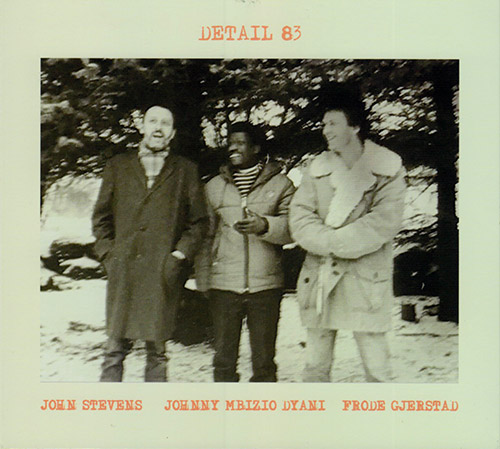

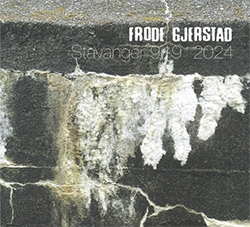
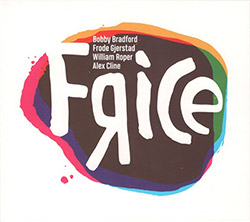

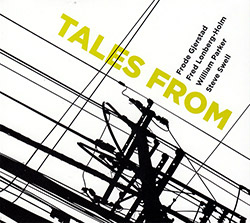

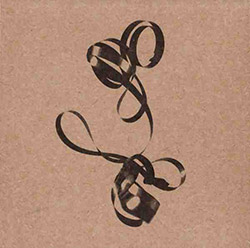
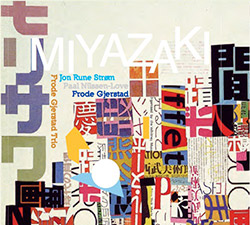


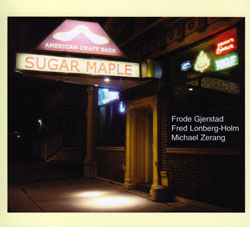
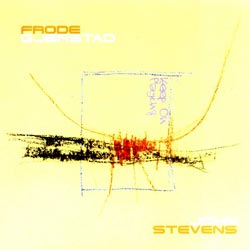
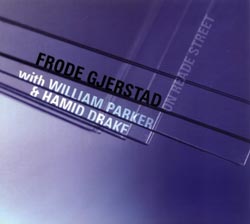
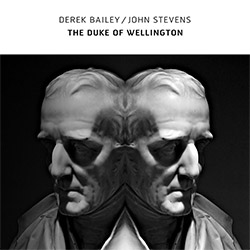
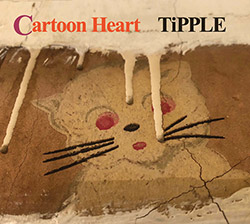

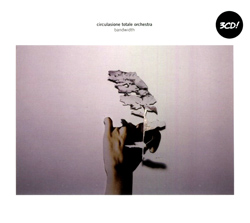


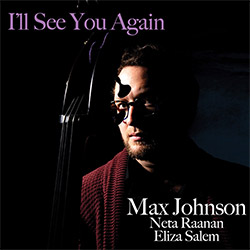
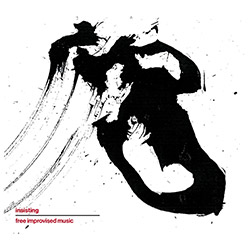
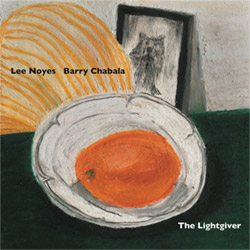

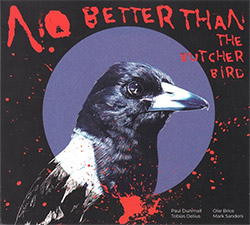



![HobbyHouse (Mia Dyberg / Axel Filip): HobbyHouse [CD + DOWNLOAD]](https://www.teuthida.com/productImages/misc4/36944.jpg)
![Mines, Kelsey / Erin Rogers: Scratching At The Surface [CD + DOWNLOAD]](https://www.teuthida.com/productImages/misc4/36945.jpg)
![Nebbia, Camila (feat/ Marilyn Crispell / Lesley Mok): A Reflection Distorts Over Water [CD + DOWNLOAD]](https://www.teuthida.com/productImages/misc4/36946.jpg)
![Vanheerentals, Adia: Taking Place [CD + DOWNLOAD]](https://www.teuthida.com/productImages/misc4/36947.jpg)
![Mines, Kelsey / Vinny Golia: Collusion and Collaboration [CD + DOWNLOAD]](https://www.teuthida.com/productImages/misc4/36948.jpg)
![Parkins, Zeena: Lament For The Maker [CD + DOWNLOAD]](https://www.teuthida.com/productImages/misc4/36949.jpg)
![Evans, Peter / Mike Pride : A Window, Basically [CD + DOWNLOAD]](https://www.teuthida.com/productImages/misc4/36950.jpg)

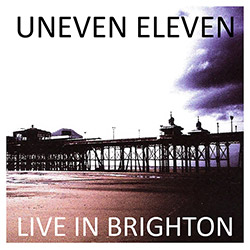
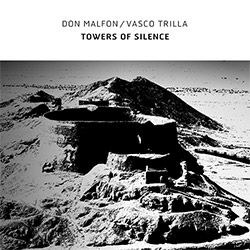
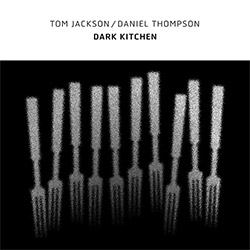
![Frey, Jurg : Composer, Alone [3 CDs]](https://www.teuthida.com/productImages/misc4/36927.jpg)
![Belorukov, Ilia / Alex Riva: Wrestling For Futility [CASSETTE w/DOWNLOAD]](https://www.teuthida.com/productImages/misc4/36994.jpg)
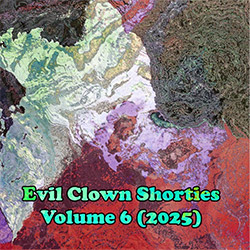
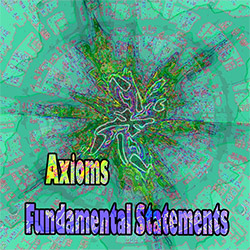





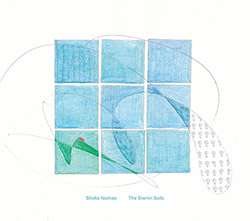
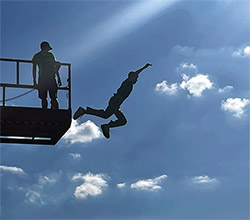
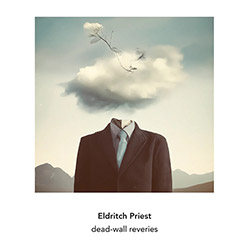
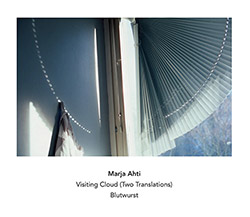

![Agnel, Sophie: Learning [VINYL]](https://www.teuthida.com/productImages/misc4/36841.jpg)

![Monaco, Amanda (w/ Michael Attias / Sean Conly / Satoshi Takeishi) : Deathblow [VINYL+ DOWNLOAD]](https://www.teuthida.com/productImages/misc4/36956.jpg)
![Frey, Jurg with ensemble]h[iatus: Je Laisse A La Nuit Son Poids D](https://www.teuthida.com/productImages/misc4/36988.jpg)
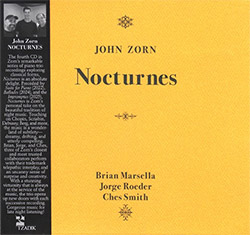
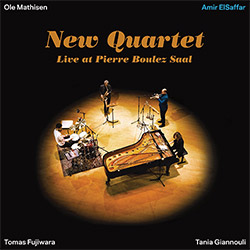
![ElSaffar, Amir / New Quartet : Live at Pierre Boulez Saal [VINYL]](https://www.teuthida.com/productImages/misc4/36830.jpg)


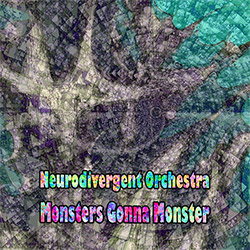
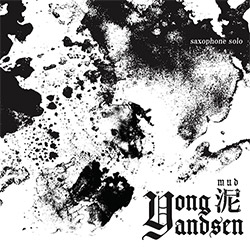

![Musicworks Magazine: #152 Fall 25 [MAGAZINE + CD]](https://www.teuthida.com/productImages/misc4/37004.jpg)
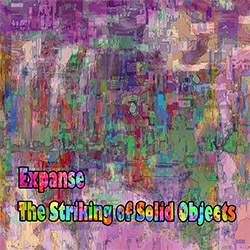




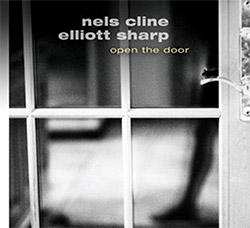
![[ahmed] (Thomas / Grip / Gerbal / Wright): Sama](https://www.teuthida.com/productImages/misc4/36976.jpg)

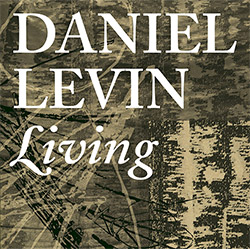
![Cleaver, Gerald / Brandon Lopez / Hprizm: In The Wilderness [COLOR VINYL]](https://www.teuthida.com/productImages/misc4/33060.jpg)
![McPhee, Joe : Defiant Jazz: a Joe McPhee Taster [VINYL]](https://www.teuthida.com/productImages/misc4/36859.jpg)
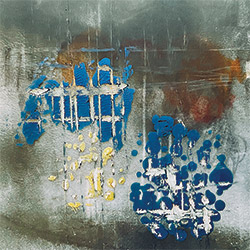
![Mateen, Sabir / Patrick Holmes / Federico Ughi : Survival Situation [LTD VINYL LP + DOWNLOAD]](https://www.teuthida.com/productImages/misc4/29891.jpg)
![Tucker, Dave / Pat Thomas / Thurston Moore / Mark Sanders: Educated Guess Vol. 1 [COLORED VINYL]](https://www.teuthida.com/productImages/misc4/30183.jpg)
![Sarian, Michael / Matthew Putman: A Lifeboat (Part I) [COLORED VINYL]](https://www.teuthida.com/productImages/misc4/30426.jpg)

![Genthon, Anouck / Lionel Marchetti: Suite Blanche [2 CDs]](https://www.teuthida.com/productImages/misc4/36642.jpg)
![Toeplitz, Kasper T.: Erosions Programmees [CD + BOOKLET]](https://www.teuthida.com/productImages/misc4/36639.jpg)
![Gate, The : Amost Live [CASSETTE + MAGAZINE]](https://www.teuthida.com/productImages/misc4/36836.jpg)
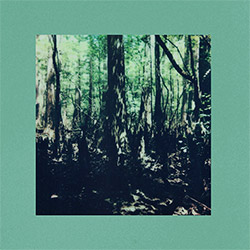


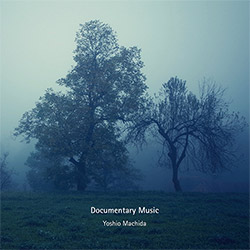
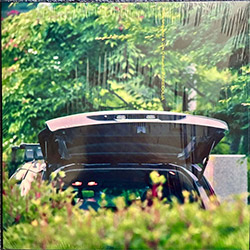
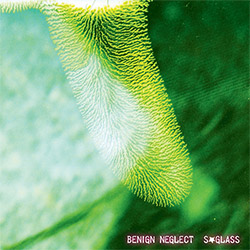
![A Magic Whistle: The Solar Cell [VINYL]](https://www.teuthida.com/productImages/misc4/36658.jpg)

![McGee, Hal: Columbus Expedition [Cassette w/ Download]](https://www.teuthida.com/productImages/misc4/36650.jpg)
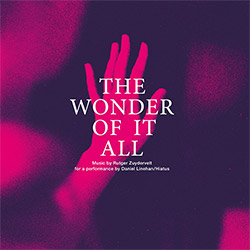

![Jaeger, Kassel: Fernweh [VINYL 2 LPs]](https://www.teuthida.com/productImages/misc4/36541.jpg)
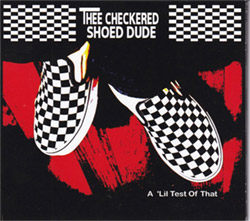




![+DOG+: The Light Of Our Lives [2 CDs]](https://www.teuthida.com/productImages/misc4/36009.jpg)


![Eternities: Rides Again [CASSETTE]](https://www.teuthida.com/productImages/misc4/36247.jpg)

![Lopez, Francisco: Untitled (2021-2022) [2 CDs]](https://www.teuthida.com/productImages/misc4/36438.jpg)

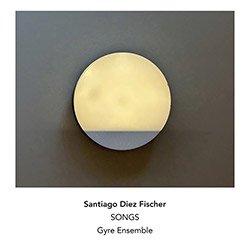
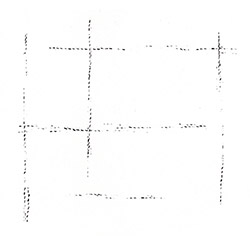
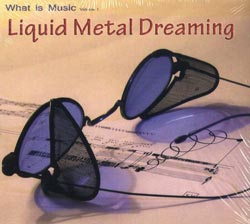

![Pisaro-Liu, Michael: Within (2) / Appearance (2) [2 CDs]](https://www.teuthida.com/productImages/misc4/36831.jpg)

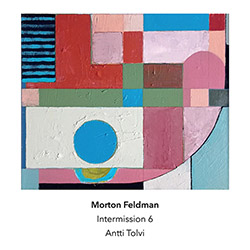
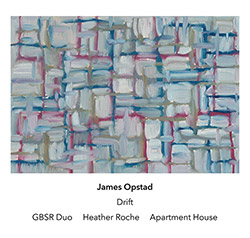
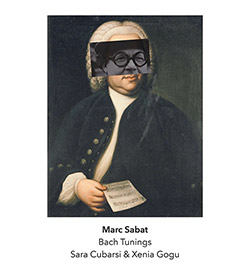
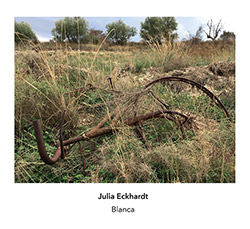
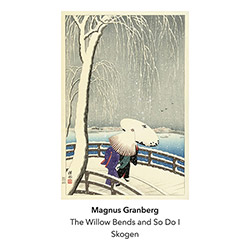
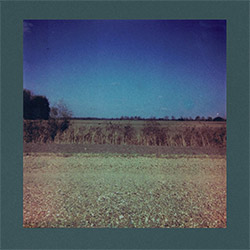
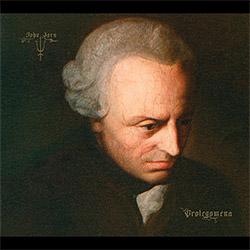
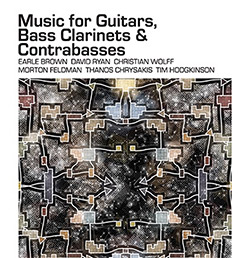

![Musicworks Magazine: #151 Summer 25 [MAGAZINE + CD]](https://www.teuthida.com/productImages/misc4/36559.jpg)

![Brown, Dan / Dan Reynolds: Live At The Grange Hall [unauthorized][CASSETTE]](https://www.teuthida.com/productImages/misc4/36245.jpg)


![Zorn, John: The Song of Songs [CD + CD BOOK]](https://www.teuthida.com/productImages/misc4/36923.jpg)

![Coultrain: Mundus [COLORED VINYL]](https://www.teuthida.com/productImages/misc4/33056.jpg)
![Hprizm: Signs Remixed [COLORED VINYL]](https://www.teuthida.com/productImages/misc4/30635.jpg)
![Halls Of the Machine: All Tribal Dignitaries [CASSETTE w/ DOWNLOAD]](https://www.teuthida.com/productImages/misc4/36134.jpg)


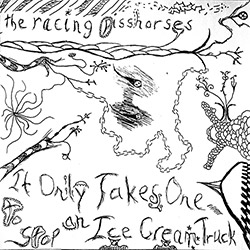
![Koenjihyakkei: Live at Club Goodman [2 CDs]](https://www.teuthida.com/productImages/misc4/36111.jpg)

![Sorry For Laughing (G. Whitlow / M. Bates / Dave-Id / E. Ka-Spel): Rain Flowers [2 CDS]](https://www.teuthida.com/productImages/misc4/35985.jpg)

![Rolando, Tommaso / Andy Moor : Biscotti [CASSETTE w/ DOWNLOADS]](https://www.teuthida.com/productImages/misc4/36106.jpg)


![Electric Bird Noise / Derek Roddy: 8-10-22 [CD EP]](https://www.teuthida.com/productImages/misc4/35970.jpg)








![Elephant9 : Mythical River [VINYL]](https://www.teuthida.com/productImages/misc4/34624.jpg)



![Elephant9 with Terje Rypdal: Catching Fire [VINYL 2 LPs]](https://www.teuthida.com/productImages/misc4/35355.jpg)
![Coley, Byron: Dating Tips for Touring Bands [VINYL]](https://www.teuthida.com/productImages/misc4/17906.jpg)

![Lost Kisses: My Life is Sad & Funny [DVD]](https://www.teuthida.com/productImages/misc4/lostKissesDVD.jpg)